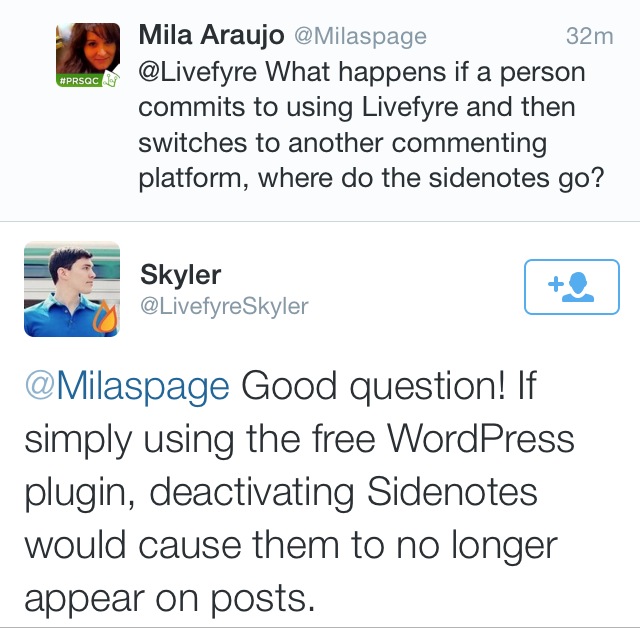

The original Woodstock became what it did bc it unintentionally turned into a free festival. No what you learn most about what caused the events was the greed. But there are huge festivals in bad weather with angry music in a more dangerous eras (the monsters of metal festival in Moscow was even bigger and heavier right at the end of the USSR and it didn't cause nearly as much chaos). And those did play a big part in what reved up the crowd. But that's the story the people behind the event want you to believe. It was bigger, the music was a lot more aggressive, the culture was different as we were in a post Columbine era, and the event was heald on a sweltering hot decommissioned army base instead of an open field. “By the end of this year I hope every user on the Web expects this kind of experience and understands it as though its second nature and part of the everyday Web,” Kretchmer said.This doc is very entertaining and really shows you a lot of factors about why 99' was so different than 69'. That’s one more element of what Livefyre thinks will be a paradigm shift. The bite-size concept is perfectly suited for mobile, Kretchmer said, where the experience of commenting has never been anything short of terrible. It could also be a way to add value to ad units by facilitating discussion - although one can see how that could backfire for brands.Ĭrucially, Sidenotes is a mobile-first feature, with comments presented in an expandable, swipeable carousel on smartphones. The tool could also be an elegant way for authors to solicit reaction to individual points, or include more citations. Just highlight a passage and you’ll be prompted to share.Ī columnist unafraid of alternative storyforms could use Sidenotes to annotate a press conference or presidential speech.

Social media editors also could be able to recognize that a particular quote might be a good bet for sharing on Twitter or Facebook, and Sidenotes facilitates reader sharing, too.

Through an API, that could lead to any number of actionables, like automatically generating new pullquotes based on passages getting a lot of commenting attention. Ideally, a site with a large commenting base can watch in real-time as some parts of an article draw more buzz than others. The two forms can coexist.īesides providing a new reader service that could elevate the quality of discussion, Sidenotes also offers what are essentially new real-time analytics.

That raises concerns about fragmenting discussion and possibly making individual comments less visible and discoverable, but Kretchmer said the goal of Sidenotes isn’t to kill traditional commenting. Kretchmer said beta testing showed it didn’t make sense to separate annotations from their original context. Not included by default: a way to aggregate all those comments into one feed, although that’s achievable through an API. Tapping the icon opens a comments window right next to the content, taking a cue from The New York Times’ new commenting system. When Sidenotes is installed onto page templates, Livefyre looks at the page structure and generates a customizable commenting icon for each “social object” it identifies - paragaphs, pullquotes and images in the “out of the box” experience. That’s why conversations degrade so quickly.” “They’re rarely about the article itself. “They become topical in nature very quickly,” Kretchmer said of traditional, bottom-of-page comments. (The Chicago Sun-Times has disabled commenting on its site until it can find a way to cut down on bad behavior.) With that kind of scale, it hopes Sidenotes can be adopted quickly across the Web.Īnd when it is, Livefyre CEO Jordan Kretchmer told Poynter via phone, it could go a long way toward cleaning up the nastiness that plagues many comment sections. News Genius got some attention lately for hosting an annotation-based rebuttal to Newsweek’s controversial cover story on bitcoin’s founder.īut Livefyre has more than 650 clients, with its social tools living on almost 100,000 sites. It’s not a new concept: Many news outlets, including Poynter, have tested a service called ReadrBoard, and Quartz and Medium have notably developed their own in-the-margins commenting systems. With its new Sidenotes feature launching today at Salon and Fox Business, annotations - essentially paragraph-by-paragraph commenting - could be poised to go mainstream. Livefyre wants to bring its social commenting system not only to every story on the Web, but also to every paragraph, block quote and image.


 0 kommentar(er)
0 kommentar(er)
